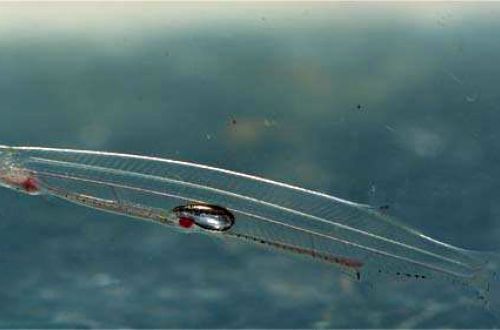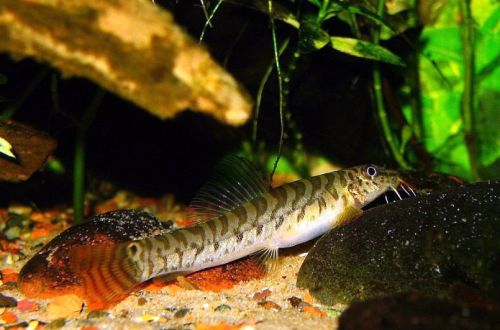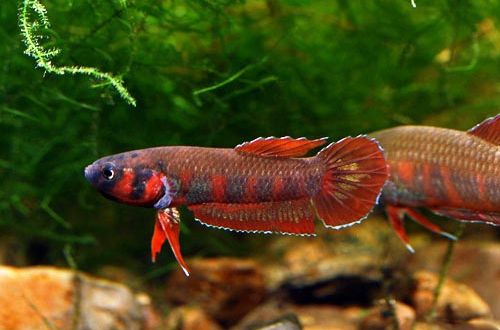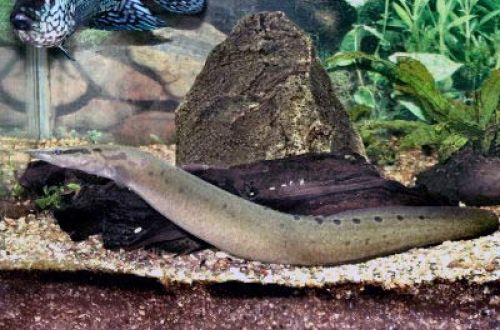
Sundalans
The Sundalanx fish, scientific name Sundasalanx microps, belongs to the Clupeidae family. An exotic fish by several criteria at once – it is extremely rare in aquariums and has an unusual appearance. The content is associated with numerous difficulties associated with the adaptation of fish, since they are caught from the wild. Does not breed in aquariums. Can only be recommended to experienced aquarists.

Contents
Habitat
It originates from Southeast Asia south of the Isthmus of Kra, connecting the Malay Peninsula with the Asian continent, on the territory of modern Thailand and Malaysia. It lives in muddy reservoirs with a slow current or stagnant water. In the daytime it stays close to the silty bottom, at night and at dusk it can rise to the surface.
Description
Miniature, if not tiny fish. Adult individuals reach a length of up to 2 cm. Sexual dimorphism is weakly expressed, there are no visible differences between male and female. Sundalans has an elongated body with a tiny head. The main feature is the color, or rather its absence, since the fish is almost transparent. The skeleton and internal organs are clearly visible, collected in a small silvery bag.
Food
In nature, it feeds on microorganisms (invertebrates, crustaceans, annelids). In a home aquarium, the basis of the diet should be similar products, for example, Artemia nauplii, Daphnia. Perhaps he will begin to take specialized feed intended for feeding fry.
Maintenance and care, arrangement of the aquarium
The size of adult fish allows them to be kept in nano-aquaria with a volume of about 20 liters. The design uses soft sandy substrates, driftwood and aquatic undersized plants that can grow in low light conditions.
A powerful filtration system is designed to maintain high water quality, along with regular aquarium cleaning procedures. When choosing a filter, you should give preference to models that do not create excess flow, and the water intake points are protected, which will avoid accidental suction of fish into the cleaning system. Weekly replacement of part of the water (20-30% of the volume) with fresh water is also mandatory and prevents the accumulation of organic waste.
Behavior and Compatibility
A peaceful schooling fish, but due to its size, the choice of neighbors in the aquarium is very limited. Preferably kept separate from other species.





